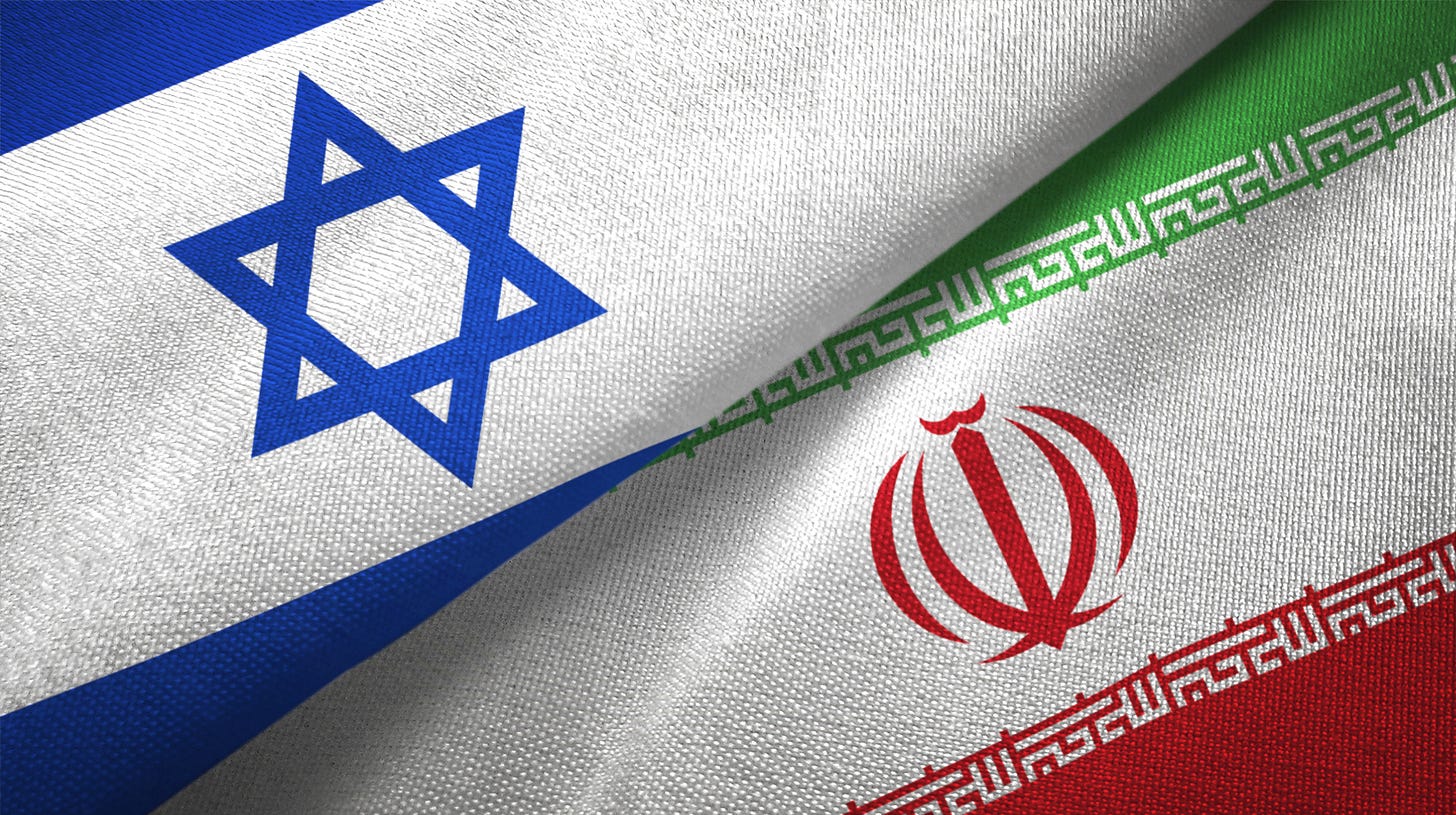Israel-Iran Conflict Intelligence Brief | 14 June 2025 – Escalation, Nuclear Risk, Proxy Warfare, Energy Shock, Diplomatic Outlook
Ujasusi Blog’s Middle East Monitoring Team | 14 June 2025 | 0325 BST
Table of Contents
Executive Summary
Key Judgements
Strategic Context and Drivers
Chronology of Escalation (2023-2025)
Current Military Situation
5.1 Israeli Operational Posture
5.2 Iranian Capabilities and Constraints
5.3 Proxy and Non-State Actors
5.4 Cyber and Covert Front
The Nuclear Dimension
Economic and Energy Implications
International Diplomatic Landscape
Scenario Outlook (3 – 36 Months)
Implications for the United Kingdom and Allies
Analytic Considerations
Annexe – Condensed Chronology
1. Executive Summary
Israel’s multi-axis 13 June 2025 strike against Iranian nuclear and command facilities, centred on the Isfahan-Natanz corridor, constituted the deepest overt Israeli penetration of Iranian territory in modern history. Tehran’s rapid retaliation with more than two hundred ballistic missiles and drones—most neutralised by Israel’s layered defences—signalled a decisive break from decades of largely deniable confrontation. The episode crystallises an unstable mix of near-term escalation incentives, structural rivalry, and proliferation pressure that could redefine Middle-Eastern security architecture, global energy markets, and the nuclear non-proliferation regime.
2. Key Judgements
Conflict Threshold Surpassed: The June 2025 exchange represents the first sustained, overt interstate clash fought on both homelands, puncturing long-standing deterrence equilibria.
Strategic Damage Limited, Symbolism High: Above-ground enrichment halls at Natanz incurred notable damage, yet deep underground facilities remain operational. Israel, however, demonstrated reach, precision-strike capacity, and political will.
Iranian Retaliatory Options Constrained: Heavy intercept rates and command attrition narrow Tehran’s conventional military avenues, elevating the likelihood of covert, cyber, and proxy actions.
Nuclear Breakout Time Near Zero: Open-source interpretations of recent IAEA findings suggest Iran can produce weapons-grade fissile material within weeks, compressing Israel’s decision-making window.
Energy Markets Exposed: Even limited disruption to Hormuz traffic could propel Brent crude above USD 130/bbl, aggravating global inflationary pressures.
Diplomatic Window Shrinking: Parallel U.S.–Iran negotiations over a “JCPOA 2” framework are stalled; European and Gulf mediation leverage is modest.


